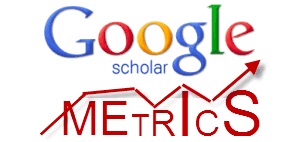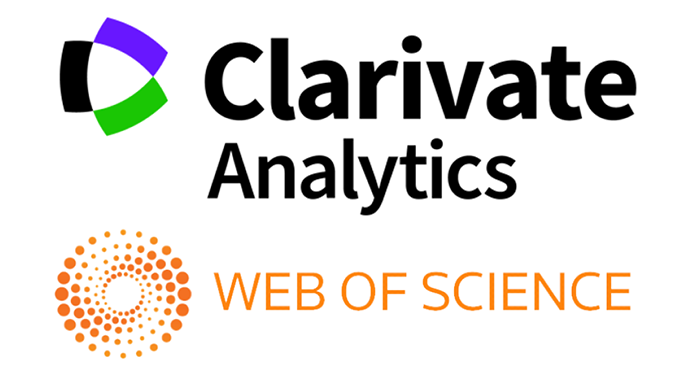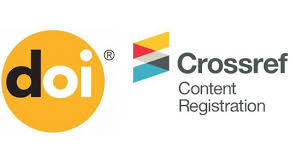MAXIMIZING STUDENT TALKING TIME: STRATEGIES FOR INCREASING ACTIVE PARTICIPATION IN THE CLASSROOM
Abstract
Maximizing student talking time is essential for creating a dynamic and engaging learning environment in the classroom. Active participation from students not only enhances their understanding of the material but also fosters a sense of ownership and responsibility for their own learning. This article explores various strategies and techniques that educators can use to increase student talking time in the classroom. From group discussions and peer teaching to interactive activities and technology integration, there are numerous ways to encourage students to actively engage in dialogue and express their thoughts and ideas. By implementing these strategies effectively, teachers can create a more interactive and student-centered learning experience that promotes critical thinking, collaboration, and communication skills.
References
Hattie, J., & Yates, G. (2014). Visible Learning and the Science of How We Learn. Routledge.
Marzano, R. J., Pickering, D. J., & Pollock, J. E. (2001). Classroom instruction that works: Research-based strategies for increasing student achievement. ASCD.
Brookfield, S. D. (2015). The Skillful Teacher: On Technique, Trust, and Responsiveness in the Classroom. John Wiley & Sons.
Wong, H. K., & Wong, R. T. (2009). The first days of school: How to be an effective teacher. Harry K. Wong Publications.
Frey, N., & Fisher, D. (2013). Better learning through structured teaching: A framework for the gradual release of responsibility. ASCD.
McTighe, J., & Wiggins, G. (2012). Understanding by design framework. ASCD.
Nilson, L. B. (2016). Teaching at its best: A research-based resource for college instructors. John Wiley & Sons.
Gini-Newman, G., & Case, R. (2015). Creating Thinking Classrooms: Leading educational change for a 21st century world. Pearson Canada.
Tomlinson, C. A., & Moon, T. R. (2013). Assessment and student success in a differentiated classroom. ASCD.
Copyright (c) 2024 News of the NUUz

This work is licensed under a Creative Commons Attribution-NonCommercial-ShareAlike 4.0 International License.

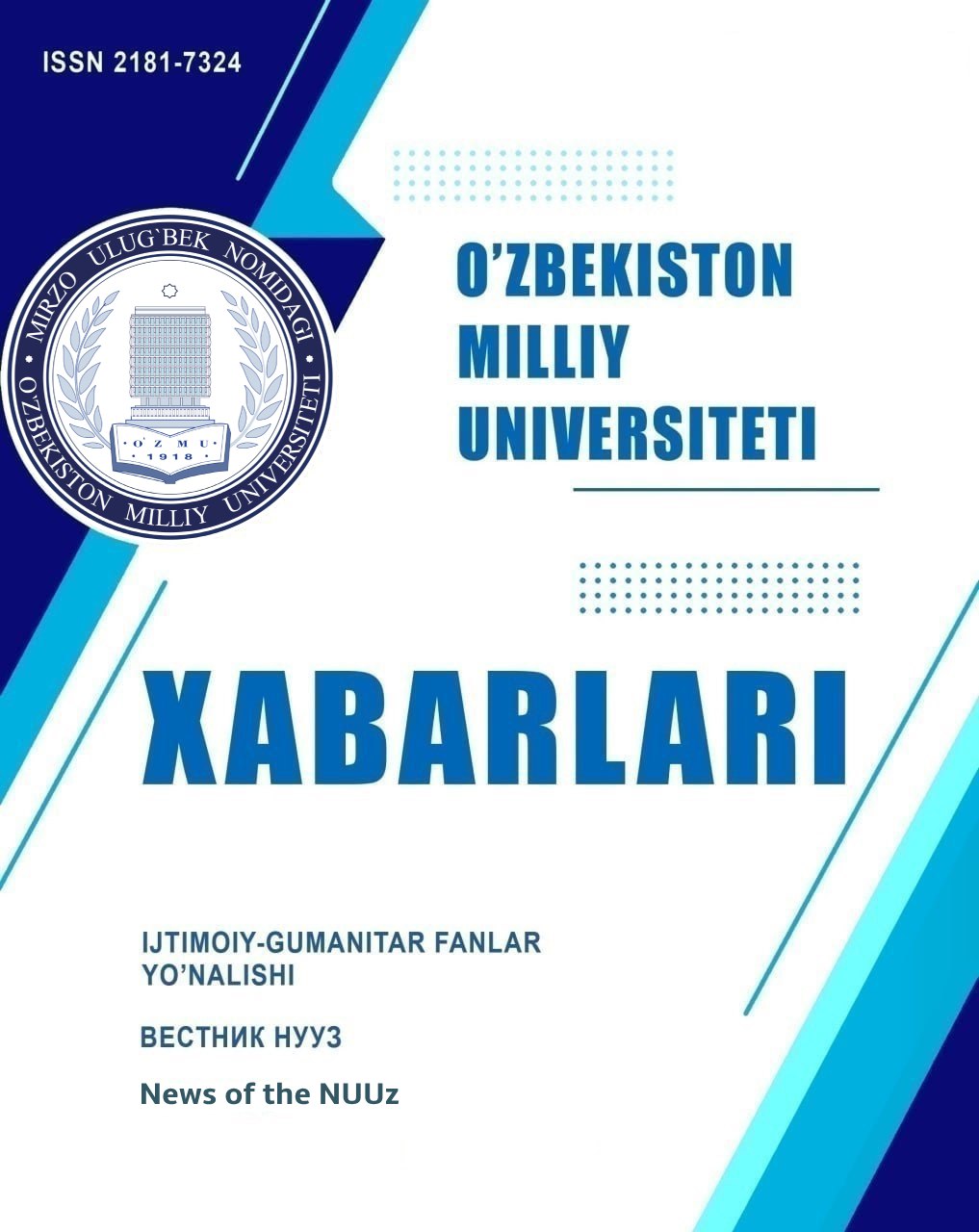
.jpg)
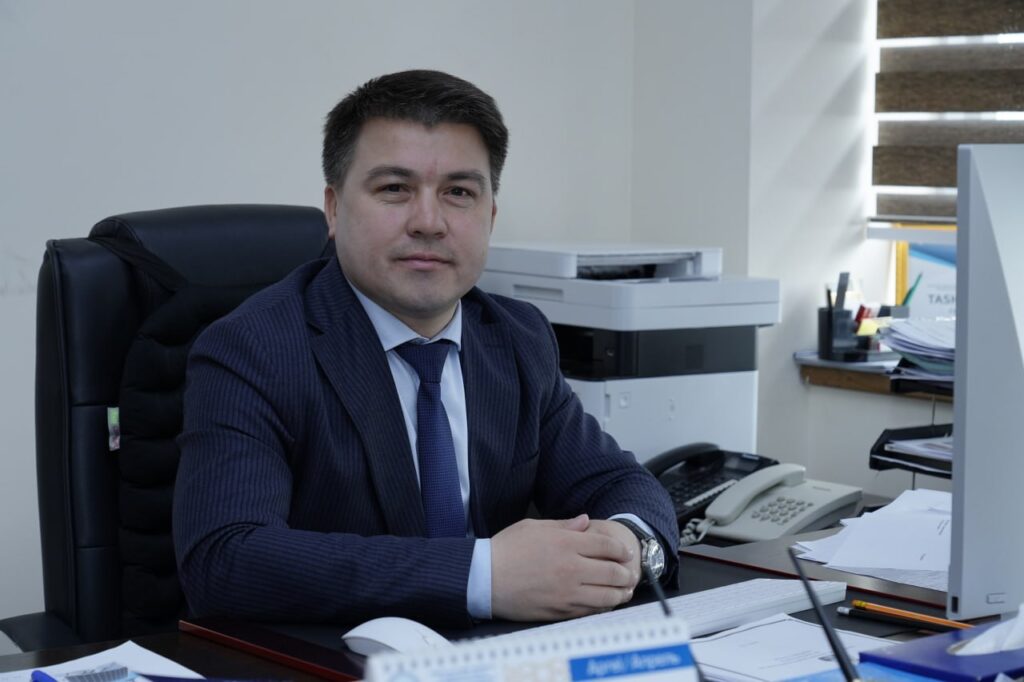
1.png)



